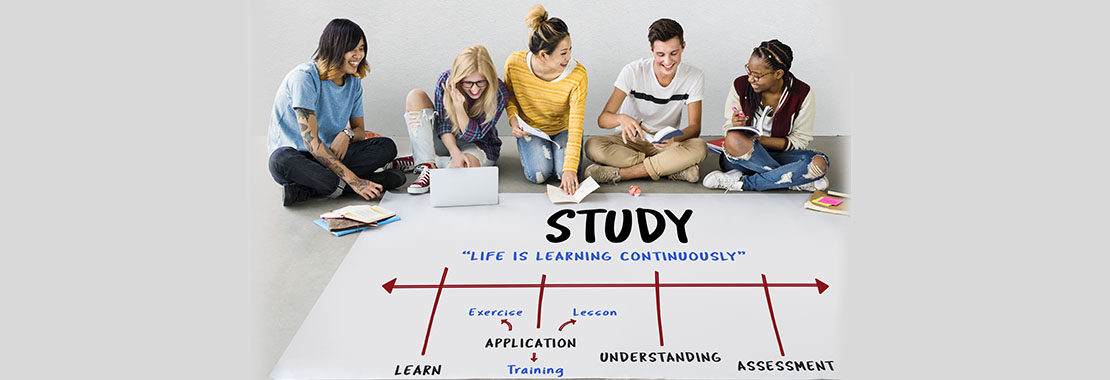Author: Emily Farris, Texas Christian University
The question I used to dread second to “is this going to be on the test?” used to be “do you make a study guide?” Students are understandably anxious about exams, and I try to do my best to alleviate those nerves with smaller open book assignments, access to my PowerPoints, and conversations about the purpose of studying. But I don’t make students study guides, as I want them to engage in the learning process.
Instead, I have my Introduction to American Politics students collectively write a study guide for our class. I divide the class into groups, and each group takes a unit (say, civil liberties). Each group is responsible for creating a guide that covers the important information and they test themselves on that information. Here’s why I like this:
- I find this to be a healthy compromise where students get a guide but I don’t have to make it.
- My students write me questions (multiple choice, short answer, and long answer) and give me ideas for the exam. I hate writing multiple choice questions. They usually write pretty good questions, and this keeps my exams fresh. They like knowing what is going to be on the exam – and even if I don’t use their exact question, I can usually use a fair number of them (or modify them).
- Most importantly, the process of making the guide helps them understand HOW to study. Students together have to think about: What are key terms? How do we identify big themes/ideas? How do we prioritize knowledge (particularly in an introductory class where there’s a lot of knowledge)? How can we know if someone knows this material? They work together and talk these things out. In class, the period before the exam, we use Google docs, and I can comment on their drafts as they work on it, along with walking around and answering questions.

